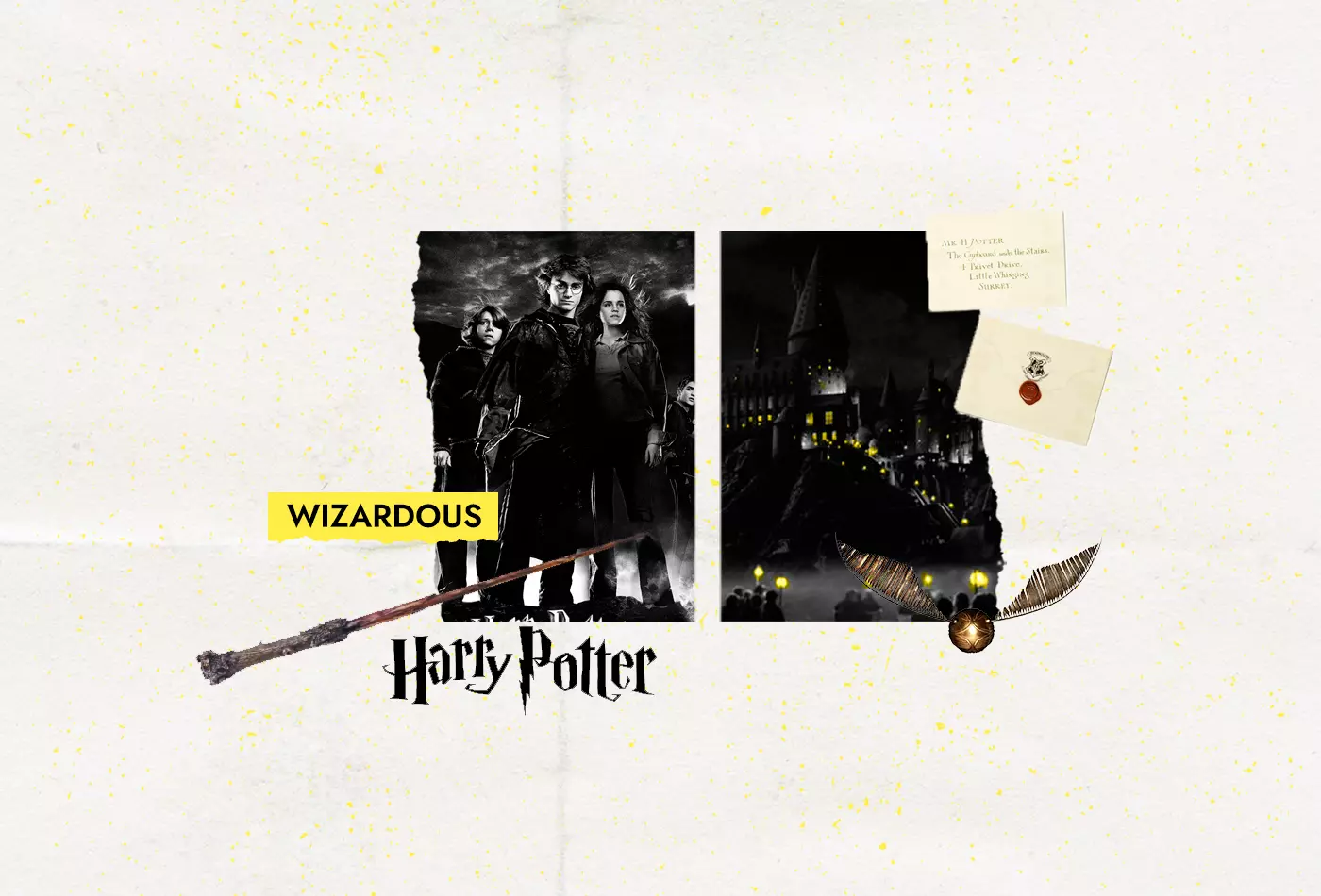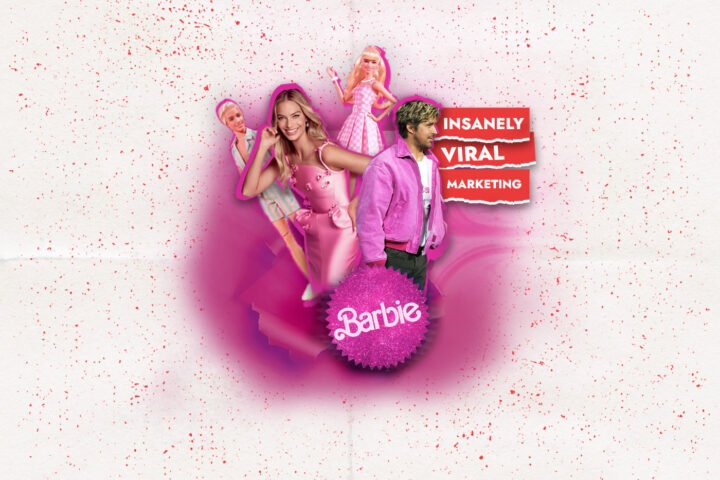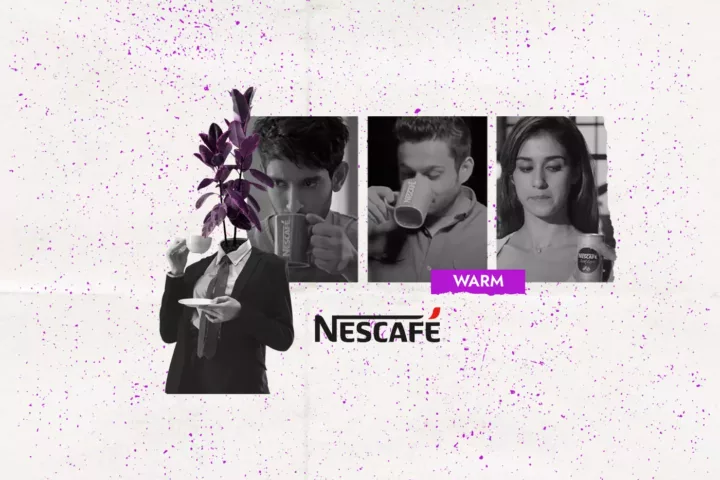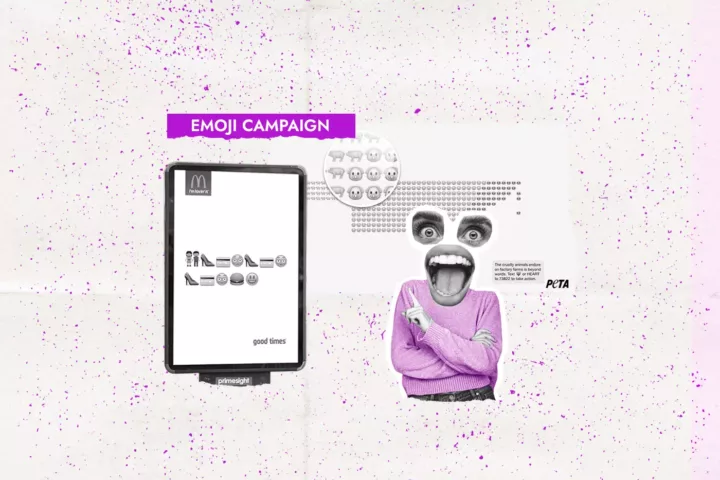Are you still waiting to receive your letter of admission to Hogwarts? And travel to Diagon Alley to grab a wand and an owl? And then ride the Hogwarts Express to reach your dream place? Not aware of what we are talking about? Or are you already nodding with excitement?
For those who might not be familiar with the terms, does the name Harry Potter ring a bell? Come on it’s the boy who lived! The one with the cutest smile, embedded with courage and empathy, recognized by the broad specs and especially the lightning bolt scar on the forehead. He is not a boy, but a brand who lived.
So, what made the marketing of Harry Potter a cornerstone – one envied by marketers worldwide?
J.K. Rowling – the Brand Guardian
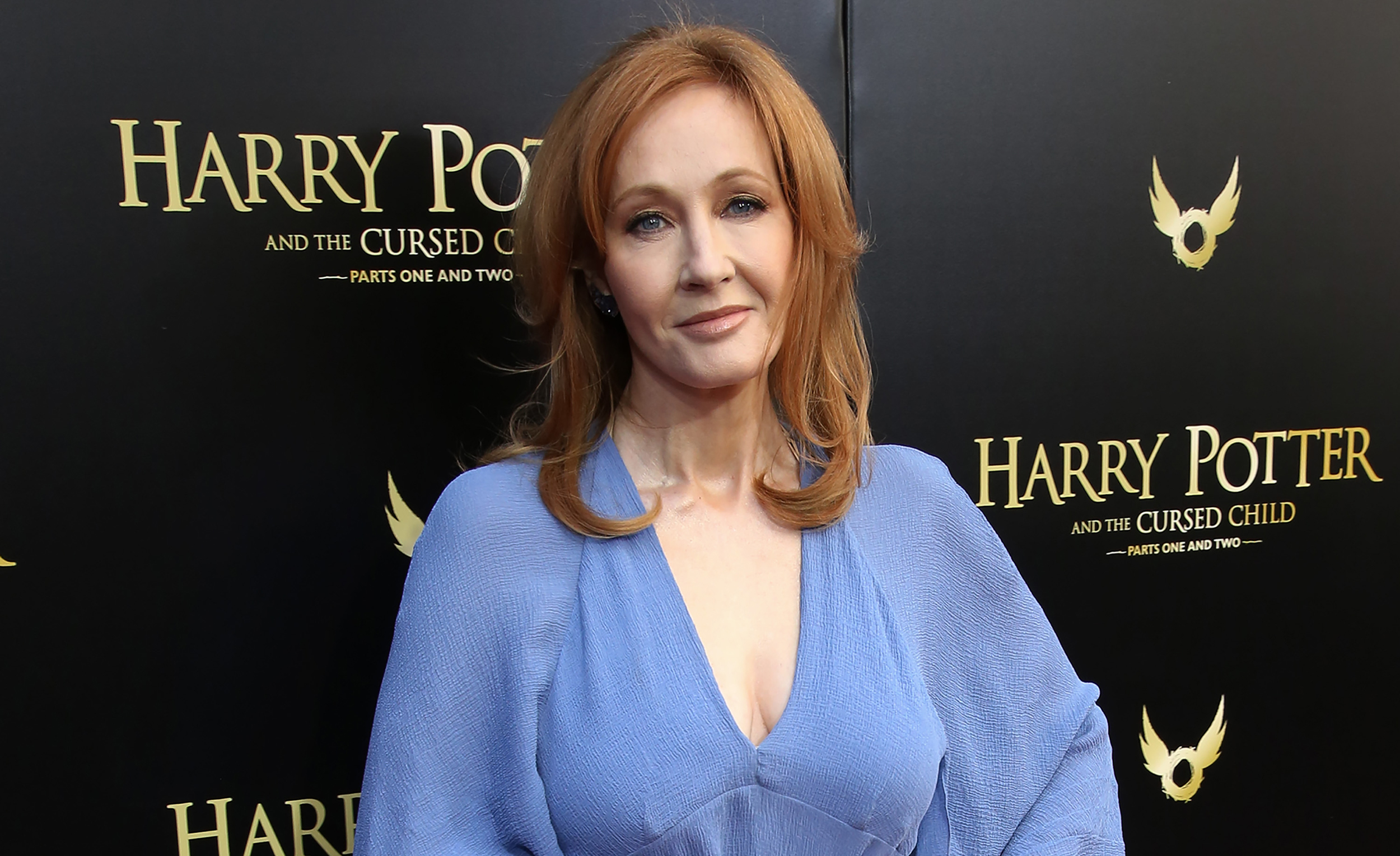
Source: NBC News
Today, Harry Potter is more than just a fictional character and the credit goes to his creator. Rowling birthed the idea of Harry Potter while delayed for a train ride from Manchester to London King’s Cross in 1990. In the next five years, she had outlined the seven books of the series.
Her manuscript for the first book was rejected by 12 publishers until Bloomsbury saw potential in her work. And thus, in 1997 the first book of the series Harry Potter and the Philosopher’s Stone was published. Publishers had anticipated that the target audience of boys will reject to read from a woman writer, and J.K. had to use two initials instead of her full name.
Bloomsbury had published only 500 hardback copies of which 200 were racked up in-store shelves and the rest went to the libraries. Soon the book became a bestseller and started spreading across the globe. The American Publishing house Scholastic won the bid to the publishing rights of the book in America. Subsequently, the first book debuted in 1998 in America under the title Harry Potter and Sorcerers Stone.
Rowling’s love for Harry Potter gave aid to making it a global phenomenon. You’ll see how.
Marketing A Good Product
The marketing of a sub-standard product can give the desired results but it might not stay for long. Harry Potter, however, was an original good product. To all the friendships and courage, love and support, hate and war – nothing left us disappointed.
Deploying A Multi-channel Approach
J.K. realized that her audience ranged from kids to adults and using different channels will cater to their interests. Alongside books and movies, Rowling created exciting experiences through amusement park – The Wizarding World of Harry Potter. She also joined the social media which she uses to interact with the younger audience, created an online website – Pottermore, that later was renamed as Wizarding World of Harry Potter. The website provides fun activities like quizzes, games, illustrations, etc. to engage the loyal fans of Harry Potter. She also appears in several radio shows and TV programs.
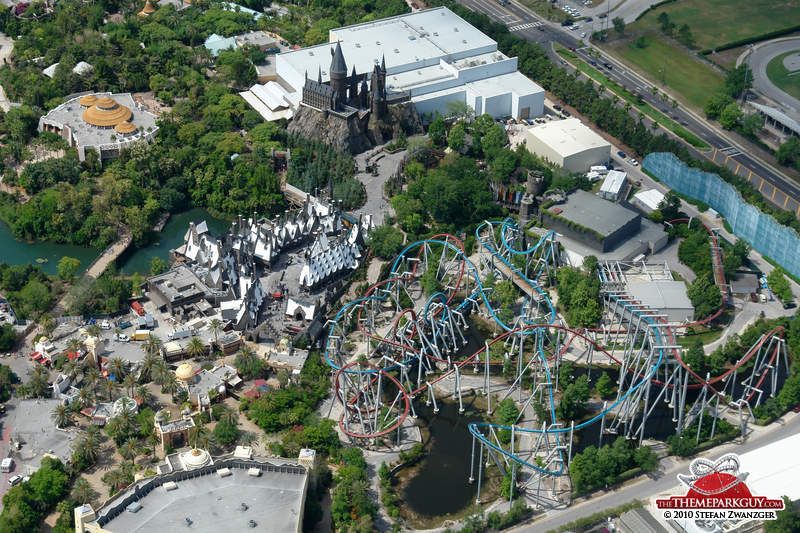
Source: Pinterest
Tease Marketing
Rowling had the whole plot outlined. She knew whether it was Harry or Voldemort to die at the end. Whether Snape swore allegiance to Dumbledore or Voldemort. And she kept teasing her fans with titbits information before the release of each book. This made the audience more curious and consequently, driving the sales force. Initially, the publishers had to lodge legal filings against the spoilers uploaded on several websites. However, they came to notice that fans were more eager to confirm whether they were true or not. Rowling took this to advantage and the house dropped the charges. This strategy helped the brand sell over 400 million copies.
Role of Consumers
The audience of Harry Potter has a major role to play in building the franchise.
Word of Mouth Marketing
How do you know a new book or movie has been released? Keeping aside the promotional posters, videos, etc. how will you know if the product has reached the market and how good it actually is? Is it not when you hear from your acquaintances that you build confidence to experience it? Harry Potter has a similar story. People were so impressed by Rowling’s work that they recommended it to their friends, family, and relatives. Consequently, the word of mouth gained immense traction for the book series.
Online Buzz
Several rumours and leaks in online websites, unexpectedly got the fans curious and excited. We’ve already mentioned earlier that the publishing house took legal actions against these websites. However, the leaks turned out to be beneficial for the brand, as more and more fans were eager to find out the truth.
Building the Brand
Bloomsbury and Scholastic had leveraged witty marketing strategies that achieved the desired results. However, the loyal Potterheads had more roles to play. From fan sites to communities, the followers did everything to make Harry Potter – a global phenomenon. Even after the series has ended, the loyal fans are still active on social media pages, online websites, hold fan meetings and celebrate anniversaries.
Harry Potter Movies
The buzz around Harry Potter was already high, and the movies just added the extra fuel. Warner Bros launched a website to promote the first film of the series and soon after released the first trailer for the film via satellite. Fans were excited to witness how the book would translate to a film, and with the release of the first film, movie halls exploded and Sorcerer’s Stone became the highest-grossing film for 2001. Warner Bros maintained the tactic of tease marketing that served as fodder to word-of-mouth. The release of films made viewers more curious and excited that eventually led to higher book sales.
Merchandising
By the time the first movie saw light, Warner Bros had already signed deals with Mattel, Hasbro, Coca Cola, and Lego. However, the folks at Warner Bros under the protective gear of Rowling ensured that the market was not saturated with Harry Potter merchandise, and this worked perfectly for the brand.
And, the buzz continues…
Alright, it’s needless to say Harry Potter has not become any stale as evident from the scores of fan pages and websites. Harry Potter became a global phenomenon and has secured a safe seat as a disruptive marketing model.

